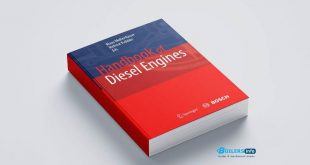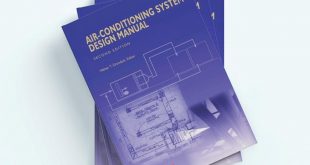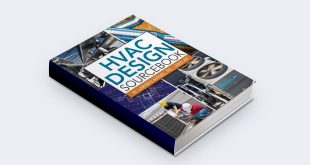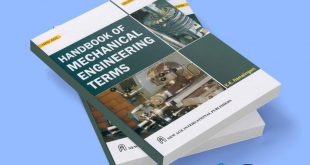Cooling Towers: Principles and Best Practices for Efficient Operation
Cooling towers are essential components of power plants, industrial processes, and HVAC systems. They remove excess heat from systems by transferring it to the atmosphere, ensuring optimal equipment performance and energy efficiency. Understanding the principles and best practices of cooling tower operation is crucial for achieving high efficiency, long service life, and minimal environmental impact.
What Is a Cooling Tower?
A cooling tower is a heat rejection device that dissipates unwanted heat into the atmosphere by cooling a water stream to a lower temperature. This cooling process uses the principles of evaporation and heat transfer to remove thermal energy from industrial equipment or processes.
Cooling towers are categorized based on their air and water interaction methods:
- Open (Wet) Cooling Towers: Direct contact between water and air.
- Closed (Dry) Cooling Towers: Use of a heat exchanger, with no direct water-air interaction.
- Hybrid Cooling Towers: Combine wet and dry cooling principles.
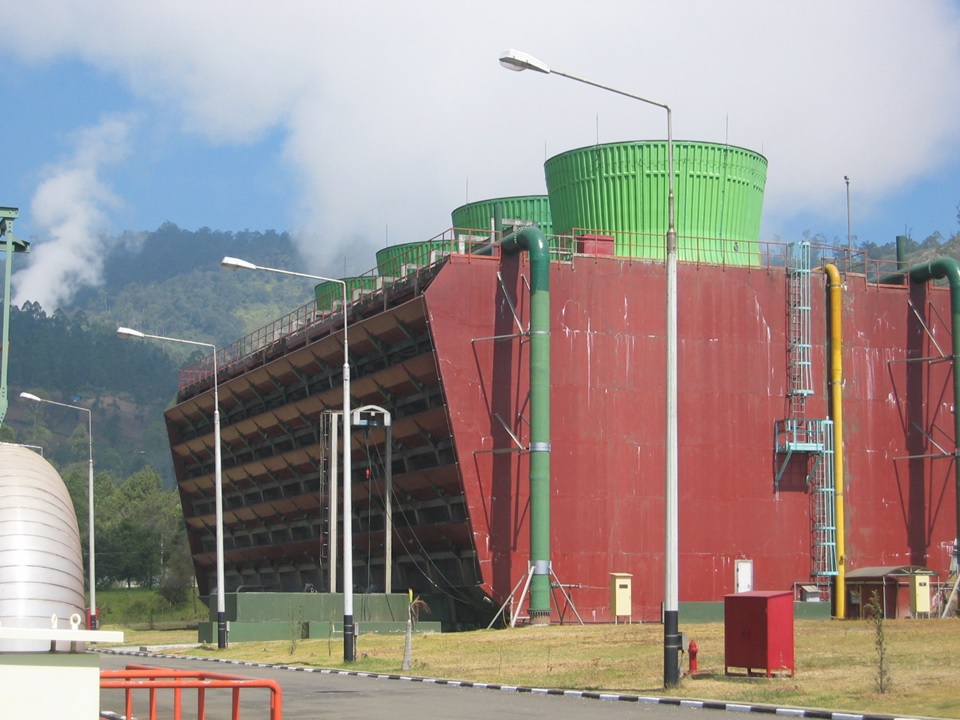
Principles of Cooling Tower Operation
- Heat Transfer Mechanism
- Cooling towers use the latent heat of vaporization, where a small portion of water evaporates, carrying away heat.
- The remaining water is cooled and recirculated to absorb more heat from the system.
- Water-Air Interaction
- Warm water is distributed over a fill media to maximize the surface area for contact with air.
- Air is either naturally or mechanically drawn through the tower, promoting heat transfer.
- Evaporation and Sensible Heat
- Evaporative Cooling: Water loses heat as it transitions from liquid to vapor.
- Sensible Cooling: Heat is transferred directly from water to air through temperature differences.
- Cooling Efficiency
- Efficiency depends on factors such as wet-bulb temperature, air velocity, water distribution uniformity, and the cooling tower’s design.
Key Components of a Cooling Tower
- Fill Media: Enhances the water-air contact surface for better heat exchange.
- Drift Eliminators: Reduce water loss by capturing water droplets entrained in the exhaust air.
- Fans: Induce or force airflow to optimize cooling.
- Nozzles: Ensure even water distribution over the fill.
- Cold and Hot Water Basins: Collect cooled water and distribute warm water, respectively.
- Pumps and Piping: Transport water through the cooling tower system.
Types of Cooling Towers
1. Natural Draft Cooling Towers
- Rely on natural airflow due to the density difference between hot and cool air.
- Typically used in large power plants.
2. Mechanical Draft Cooling Towers
- Use fans to create airflow, further classified into:
- Induced Draft: Fans located at the top pull air through.
- Forced Draft: Fans at the bottom push air through.
3. Crossflow and Counterflow Cooling Towers
- Crossflow: Water flows vertically while air moves horizontally.
- Counterflow: Air flows upward against the downward flow of water, providing higher efficiency.
Best Practices for Cooling Tower Operation
1. Regular Maintenance and Inspection
- Clean fill media to remove scaling and biological growth.
- Check drift eliminators and fan blades for wear or damage.
- Inspect pumps, nozzles, and piping for clogs or leaks.
2. Water Treatment Programs
- Prevent scaling, corrosion, and fouling with effective chemical treatments.
- Maintain water quality parameters such as pH, conductivity, and hardness.
- Use biocides to control algae and microbial growth.
3. Energy Optimization
- Adjust fan speeds based on cooling demand using variable frequency drives (VFDs).
- Optimize water flow rates and distribution for uniform cooling.
- Ensure that air intake and exhaust are unobstructed.
4. Monitor Performance Metrics
- Measure key parameters like approach temperature, water flow rate, and fan energy consumption.
- Conduct regular thermodynamic performance tests to detect inefficiencies.
5. Environmental Compliance
- Minimize drift loss and ensure the system complies with local water usage and discharge regulations.
- Use energy-efficient technologies to reduce carbon emissions.
Cooling Tower Efficiency Tips
- Reduce Heat Load: Minimize waste heat by optimizing process efficiencies.
- Upgrade Fill Media: Invest in high-performance materials to enhance cooling capacity.
- Automate Controls: Use IoT and sensors to monitor and optimize cooling tower operations in real-time.
- Use Hybrid Solutions: For regions with extreme weather, hybrid towers can offer better energy and water savings.
Challenges in Cooling Tower Operation
- Scaling and Fouling: Result in reduced heat transfer efficiency and higher energy consumption.
- Water Loss: Evaporation and drift loss can lead to significant water usage.
- Biological Contamination: Algae, bacteria, and fungi growth can cause blockages and health risks, such as Legionella outbreaks.
Solutions: Regular cleaning, effective water treatment, and advanced monitoring systems.
Applications of Cooling Towers
- Power Plants: Dissipate heat from condensers and maintain turbine efficiency.
- HVAC Systems: Provide cooling for large commercial and industrial buildings.
- Industrial Processes: Cool equipment and processes in refineries, chemical plants, and steel production.
Conclusion
Cooling towers are indispensable for efficient heat rejection in industrial and HVAC systems. By understanding their principles and implementing best practices such as routine maintenance, water treatment, and performance monitoring, operators can ensure reliable and sustainable operation. With advancements in technology, modern cooling towers are becoming more efficient, environmentally friendly, and adaptable to diverse applications. For optimal cooling tower performance and reduced operating costs, consult a cooling tower expert to assess your system’s design and maintenance practices.
 Boilersinfo Boiler and Mechanical Power Digital Library
Boilersinfo Boiler and Mechanical Power Digital Library
